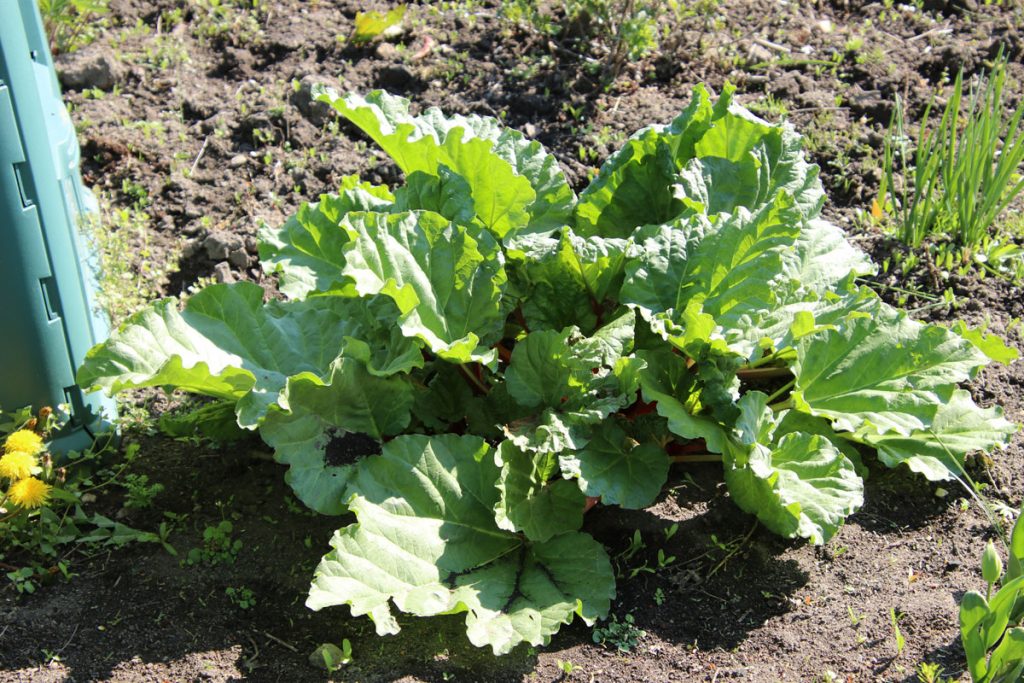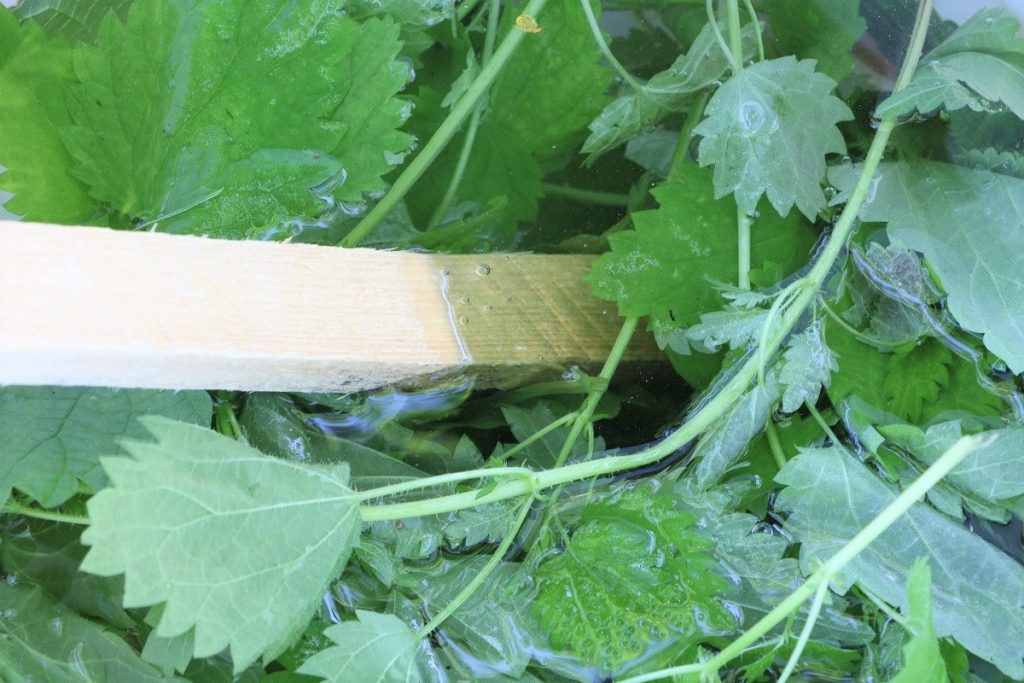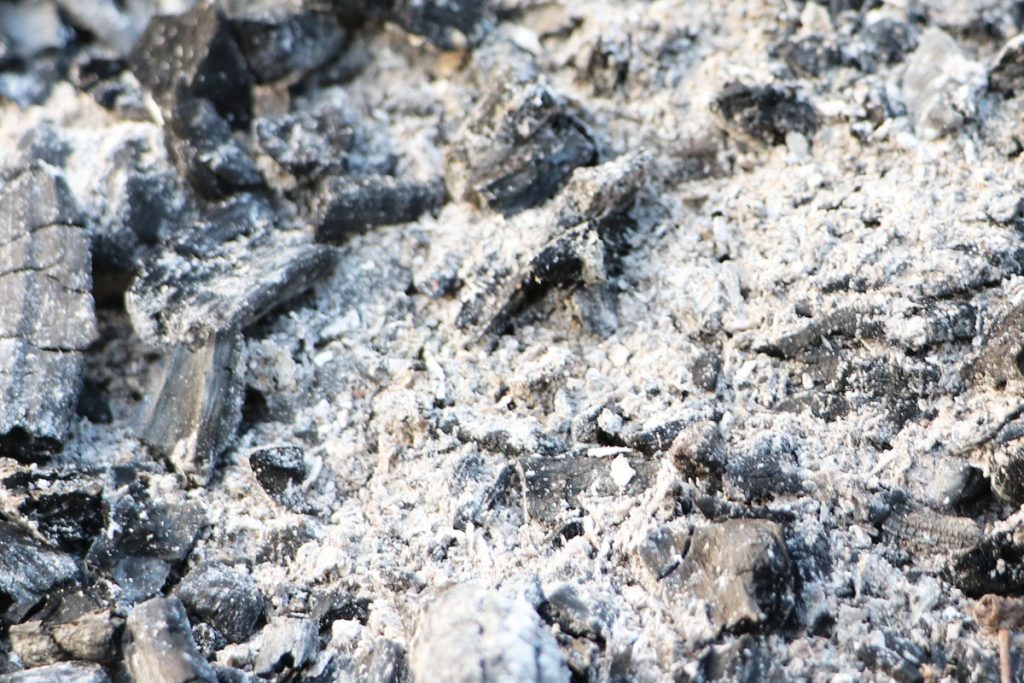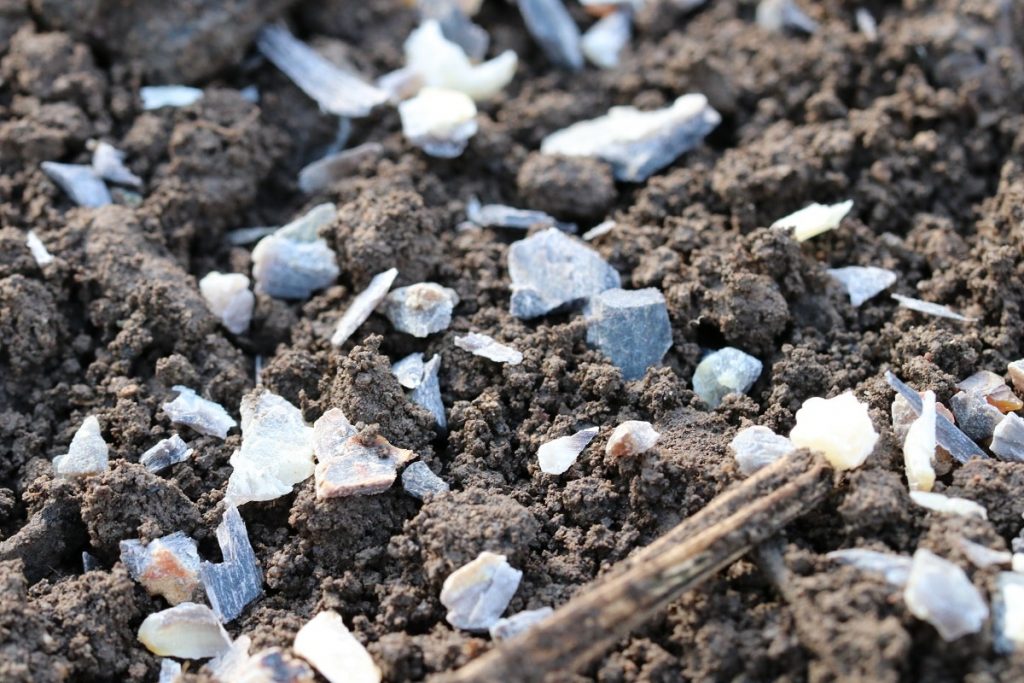Some love it, others hate it. With the right processing, it is a really tasty vegetable. Of course, a bountiful harvest requires an optimal supply of nutrients. Read here what you should fertilize rhubarb with
Contents
- 1 Home remedies as fertilizer
- 2 Garden compost
- 3 Horse manure
- 4 Plant fertilizers
- 5 Make slurry
- 6 Wood ash
- 7 Coffee grounds
- 8 Horn shavings, horn meal or horn grits
- 9 Frequently asked questions
- 10 Is overfertilization possible with these fertilizers?
- 11 Can fertilizer be responsible for yellow leaves?
- 12 How often can I fertilize with wood ash?
- 13 Author
Home remedies as fertilizer
Rhubarb prefers moist soil rich in humus and nutrients, as well as a constant supply of water and nutrients. The main nutrients are nitrogen, phosphorus, potassium, calcium, sulfur and trace elements. Which type of fertilizer you ultimately choose is up to you. In principle, however, you should prefer organic fertilizers and avoid chemicals as far as possible. Especially since even home remedies are very well suited as fertilizers, as the following examples show.
Garden compost
- very good fertilizer also for rhubarb
- administer already at planting
- together with three hands full of horn shavings
- work into loosened soil
- per square meter about three liters of compost
- mulch the root area directly after planting
- with a thick layer of sieved compost
- for example from composted bark, leaf compost or grass cuttings
Later, during growth from March to May, work a thin layer of well-rotted garden compost into the soil weekly. After harvesting around the end of June, this plant needs to replenish its nutrient reserves. You can help it do this by spreading another layer of compost on the soil.

Tip: If you want to make it extra good, plant the rhubarb right near a compost pile.
Horse manure
Horse manure is another home remedy suitable for fertilizing rhubarb. However, it should be well-seasoned, ideally a year. You spread it around the plant as early as January and work it only shallowly into the soil. In this way, the nutrients are available to it when growth begins. A further application is usually not necessary, the fertilizing effect of horse manure lasts for a long time.
Tip: When composting horse manure, it is advisable to mix it with leaves or grass clippings and compost it together. It should not be deposited for longer than a year, because the nutrient content gradually decreases.
Plant fertilizers
Plant fert made from nettles, field horsetail or comfrey are reliable sources of nitrogen for rhubarb. These home remedies are easy to make, effective and also ecological. In particular, they are essential for the regeneration of the plant after harvest. They are applied generously. If necessary, you can supplement the whole thing with a gift of compost. Follow-up fertilization is recommended in the spring during the main growth phase.

Make slurry
- you need 1 kg of fresh or 150-250 g of dried herb of your choice
- as well as ten liters of water, in the best case rainwater
- herb should not yet bear flowers or seeds
- cut it into small pieces and put it into a bucket
- pour water and add some stone meal
- Place bucket in sunny place for about two weeks
- Stir the liquid daily, cover the bucket.
- liquid manure is ready when it stops foaming
- before fertilizing, dilute liquid manure 1:10 (1 kg of herb to 10 liters of water)
Wood ash
Among the possible fertilizers in terms of home remedies is wood ash. It provides lime, potassium, iron and phosphate, but no nitrogen, which would have to be supplied elsewhere.
- Wood ash must meet different requirements
- plant ash from burned wood, straw or other plant materials
- use only ash from untreated wood
- ash from lignite or hard coal, briquettes unsuitable for fertilizing rhubarb
- as well as glossy printed paper or varnished, surface-treated wood

Tip: You should also avoid using common lighting aids such as normal newspaper, egg cartons or commercially available lighters. What you can use without hesitation are dry twigs, small split pieces of wood, sawdust, nutshells or wood wool lighters.
Application
- test the pH-value of the soil before fertilizing
- ash has a strong alkaline effect
- use mainly on loamy and clayey substrates
- maximum 30 g loose ash per square meter
- apply in autumn on a windless day
- or stir into the irrigation water
- then spread over the area to be fertilized
- work dry ash into the soil with a rake
- In spring, enrich with horn shavings and fertilize.
Tip: Used correctly, wood ash is not only a good fertilizer, but can also stop the multiplication of fungal pathogens.
Coffee grounds
Coffee grounds also contain nutrients important for rhubarb, such as sulfur and nitrogen. Before you can use it for fertilizing, you should collect it and dry it in a dry and airy place. If there is a sufficient amount, you can spread a handful of it on the root area and then work it in flat.
Coffee grounds should only be spread in small amounts, especially for this plant, as they have a slight soil acidifying effect. However, it is also possible to compost coffee grounds and thus use them indirectly as fertilizer. To do this, simply spread the damp grounds on the compost heap.
Tip: Coffee grounds also have the ability to attract earthworms and can also keep pests away.
Horn shavings, horn meal or horn grits
Horn meal or horn shavings provide nitrogen to the rhubarb, just like a slurry made from nettles. They strengthen the resistance of rhubarb plants for a long time. As a rule, horn shavings are mixed with mature compost and then administered.

- mixture of 100-150 g of the finer horn meal or horn grit and three liters of compost is recommended
- spread it on the soil and work it in lightly
- soil organisms such as fungi and bacteria do the rest
- decompose horn meal or horn shavings
- release nitrogen
Note: By the way, horn shavings have no effect on soil pH.
Frequently asked questions
Is overfertilization possible with these fertilizers?
As a rule, overfertilization is not possible when used properly. Burning of the roots is also not to be expected.
Can fertilizer be responsible for yellow leaves?
Yellow leaves in the summer are a completely natural process, as rhubarb pulls in from August and sprouts again the next spring. However, if they occur during growth, horse manure, for example, may be responsible. If this is not deposited long enough, it can cause root damage and subsequently yellow leaves.
How often can I fertilize with wood ash?
In general, not too much ash should be incorporated into the soil. Time intervals of four to six weeks between fertilizer applications are recommended. With wood ash, it is quite possible to overdose. To avoid this, you can mix it with soil, sand or rock flour before fertilizing.

